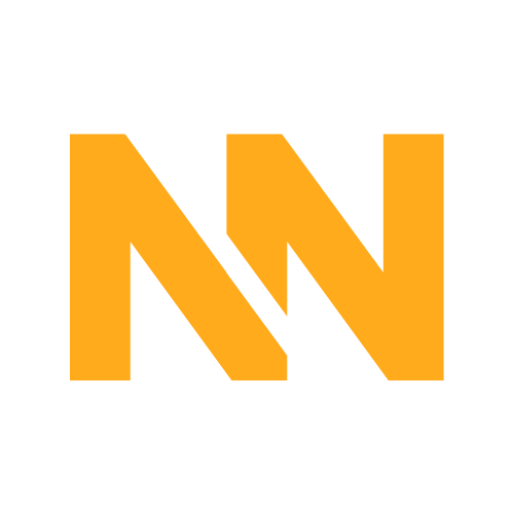A major chunk of the world is facing a significant debt crisis, especially in low-income countries, where governments are finding it difficult to manage unsustainable debt burdens amidst economic challenges, further exacerbated by the pandemic. Despite efforts to address these issues through initiatives like the Common Framework, progress towards providing relief has been slow, hampered by various complexities and disagreements among stakeholders.
Understanding the Debt Problem
At the end of 2022, the debt owed by the 75 poorest nations had surged to $1.1 trillion, more than double the level in 2012. This increase in debt was due to the need for countries to bolster their healthcare systems and provide economic support during the pandemic. However, rising interest rates and other economic pressures, including inflationary spikes caused by events like Russia’s invasion of Ukraine, have further strained the financial capacity of these nations. As a result, countries such as Zambia, Sri Lanka, and Ghana have already defaulted on their loans, while others, including Lebanon and Argentina, are in debt distress.
The Common Framework – What is it?
As an answer to the rising debt crisis, the G20 and the Paris Club developed the Common Framework, aiming to coordinate debt restructuring efforts among diverse creditors, including traditional lenders and emerging players like China. This initiative marked a significant step forward in addressing the complexities of sovereign debt restructuring by bringing together a wide range of stakeholders.
The Process of Restructuring
The Common Framework outlines a multi-stage process for countries seeking debt relief. Firstly, governments must work with the International Monetary Fund (IMF) to develop sustainable borrowing plans tailored to their economic circumstances. These plans typically involve measures to rein in spending, increase revenue collection, and secure debt relief. Once approved by the IMF, countries engage in negotiations with an official committee comprising representatives from their creditor nations to reach agreements on restructuring terms. These terms may include debt write-offs, extensions, or reduced servicing costs. More importantly, countries are required to seek comparable relief from their private creditors to ensure equitable treatment across all lenders
Countries Using the Framework
While the Common Framework offers a promising path to debt relief, progress has been very slow, with only a few countries actively making use of the mechanism. As of March 2024, Chad, Zambia, Ethiopia, and Ghana are among the few nations that have applied for relief. Zambia’s recent agreement on Eurobonds, following three years of negotiations, serves as a notable example of progress under the framework. However, challenges persist, especially regarding the equal treatment of all creditors, as highlighted by the rejection of an earlier deal by official creditors.
Challenges
The execution of the Common Framework has been hindered by various challenges, including disagreements between traditional creditors and emerging lenders like China. Differences in opinion regarding the handling of debt restructuring, the inclusion of local-currency debt in deals, and the burden-sharing among creditors have complicated negotiations. For instance, China’s lending practices, particularly through initiatives like the Belt and Road, differ from those of traditional lenders, posing unique challenges in reaching consensus.
China’s Role
China’s rise as a major international creditor has highly influenced the dynamics of sovereign debt restructuring. Ever since the launch of the Belt and Road initiative in 2013, China has been dominating as the world’s largest bilateral creditor to developing and emerging nations, committing billions of dollars in funding. However, the absence of transparency regarding the extent of China’s lending and differences in lending priorities compared to traditional lenders have added complexity to debt negotiations
Streamlining the Process
Recognizing the need for more effective debt restructuring mechanisms, stakeholders, including the IMF and G20 nations, are working on new guidelines to streamline the process. These efforts include setting timelines for debt restructuring, defining eligible debt types, and involving private creditors earlier in the process to enhance transparency and efficiency.

 PEARSON PLC ORD 25P PSON.L
PEARSON PLC ORD 25P PSON.L DIAGEO PLC ORD 28 101/108P DGE.L
DIAGEO PLC ORD 28 101/108P DGE.L RECKITT BENCKISER GROUP PLC ORD RKT.L
RECKITT BENCKISER GROUP PLC ORD RKT.L LLOYDS BANKING GROUP PLC ORD 10 LLOY.L
LLOYDS BANKING GROUP PLC ORD 10 LLOY.L MELROSE INDUSTRIES PLC ORD GBP0 MRO.L
MELROSE INDUSTRIES PLC ORD GBP0 MRO.L FRESNILLO PLC ORD USD0.50 FRES.L
FRESNILLO PLC ORD USD0.50 FRES.L NATWEST GROUP PLC ORD 107.69P NWG.L
NATWEST GROUP PLC ORD 107.69P NWG.L WEIR GROUP PLC ORD 12.5P WEIR.L
WEIR GROUP PLC ORD 12.5P WEIR.L STANDARD CHARTERED PLC ORD USD0 STAN.L
STANDARD CHARTERED PLC ORD USD0 STAN.L ENDEAVOUR MINING PLC ORD USD0.0 EDV.L
ENDEAVOUR MINING PLC ORD USD0.0 EDV.L OCADO GROUP PLC ORD 2P OCDO.L
OCADO GROUP PLC ORD 2P OCDO.L ANGLO AMERICAN PLC ORD USD0.623 AAL.L
ANGLO AMERICAN PLC ORD USD0.623 AAL.L BAE SYSTEMS PLC ORD 2.5P BA.L
BAE SYSTEMS PLC ORD 2.5P BA.L VODAFONE GROUP PLC ORD USD0.20 VOD.L
VODAFONE GROUP PLC ORD USD0.20 VOD.L HSBC HOLDINGS PLC ORD $0.50 (UK HSBA.L
HSBC HOLDINGS PLC ORD $0.50 (UK HSBA.L GLENCORE PLC ORD USD0.01 GLEN.L
GLENCORE PLC ORD USD0.01 GLEN.L UNITE GROUP PLC ORD 25P UTG.L
UNITE GROUP PLC ORD 25P UTG.L CRODA INTERNATIONAL PLC ORD 10. CRDA.L
CRODA INTERNATIONAL PLC ORD 10. CRDA.L KINGFISHER PLC ORD 15 5/7P KGF.L
KINGFISHER PLC ORD 15 5/7P KGF.L TAYLOR WIMPEY PLC ORD 1P TW.L
TAYLOR WIMPEY PLC ORD 1P TW.L



